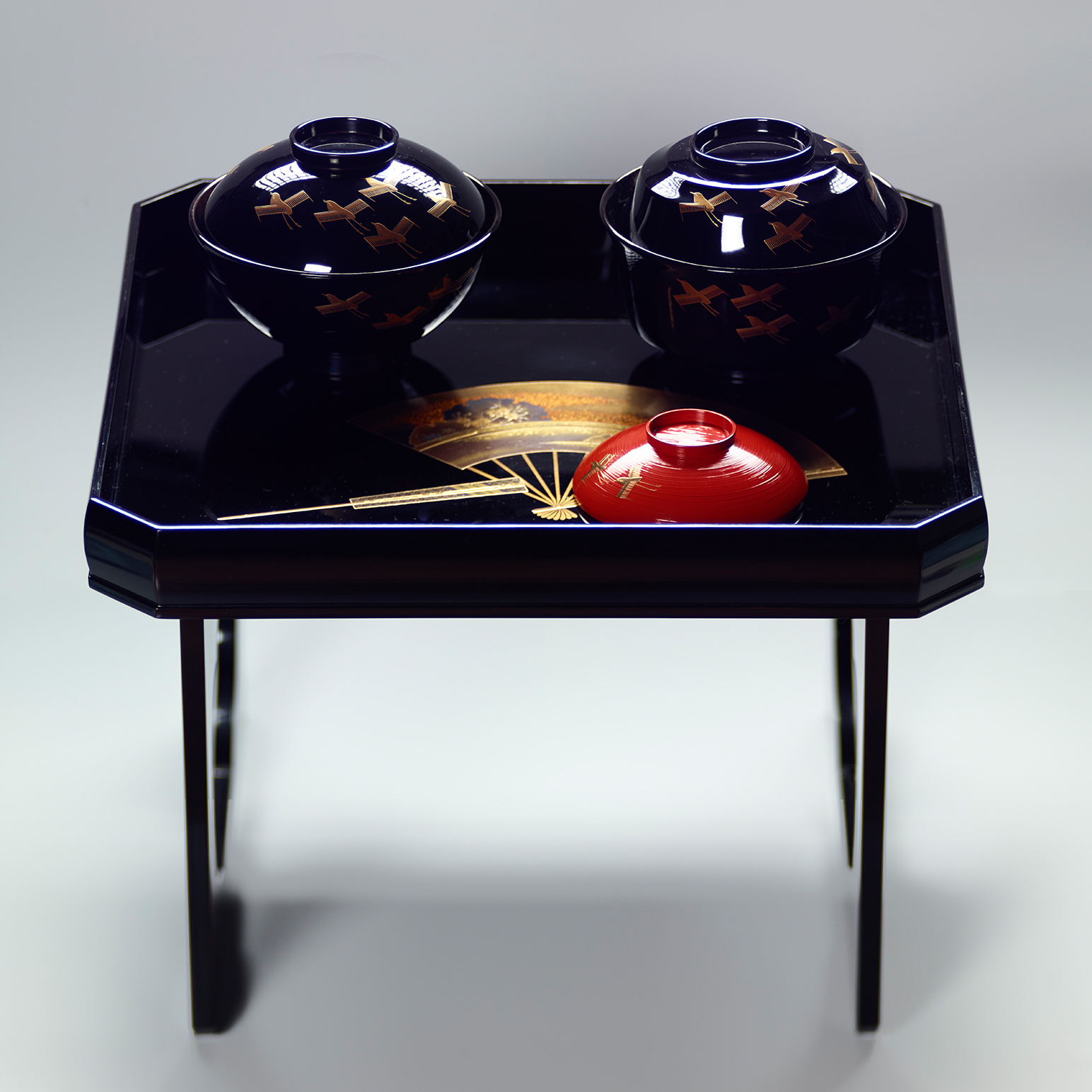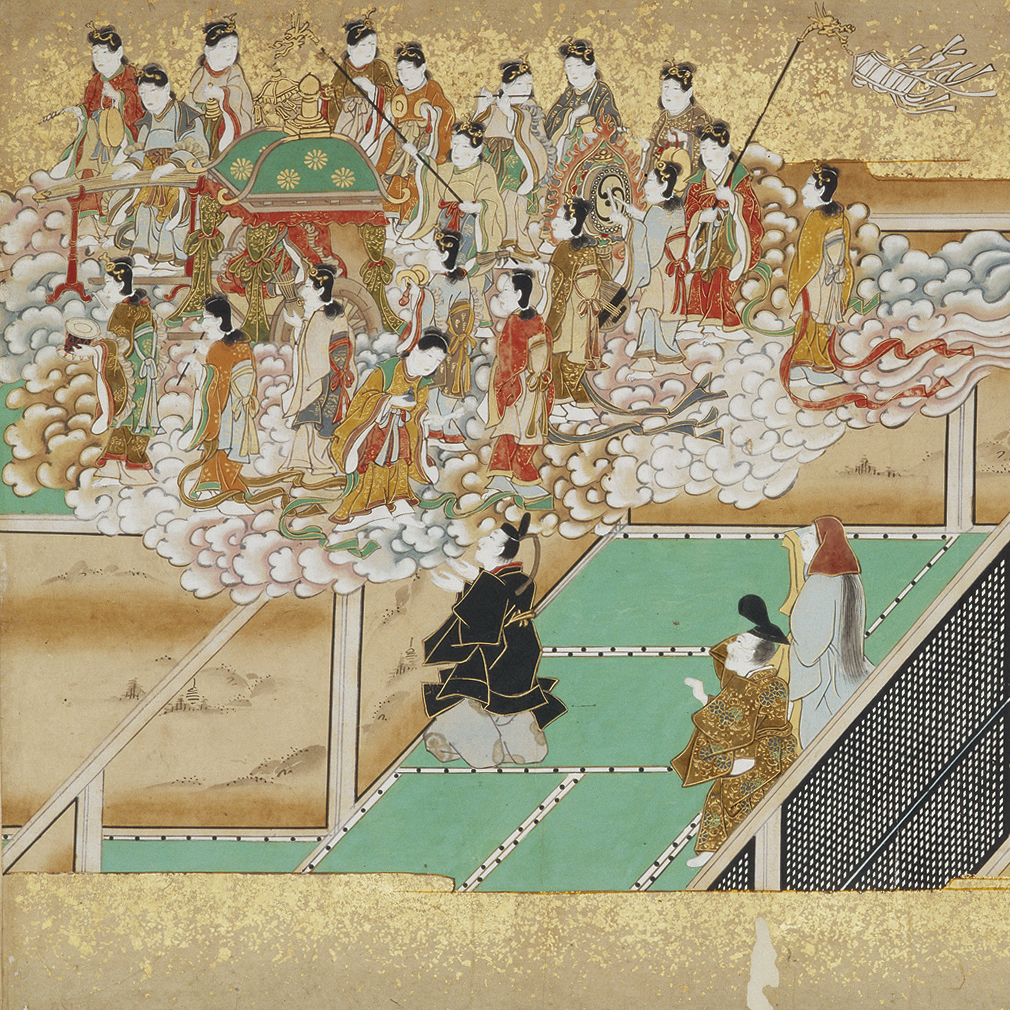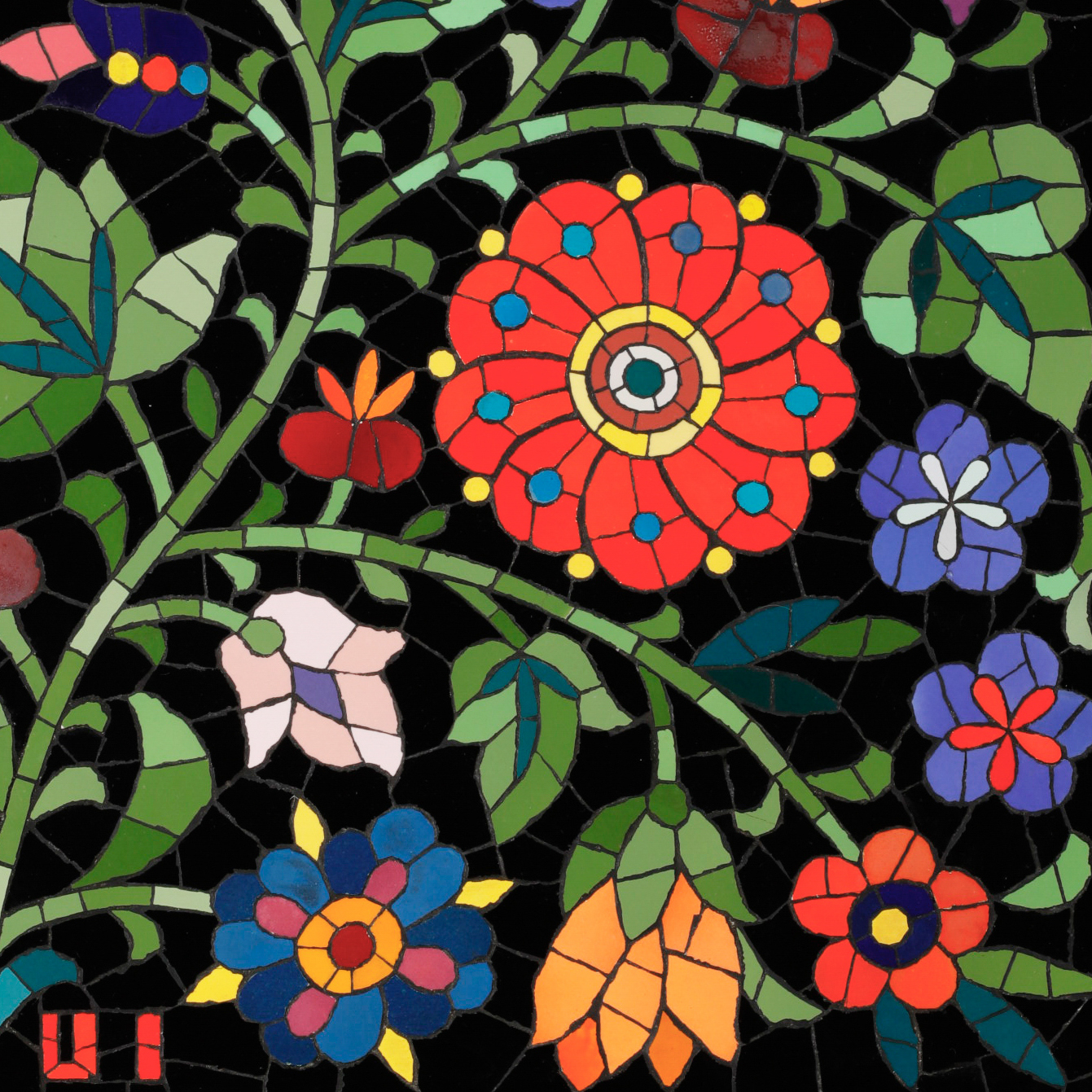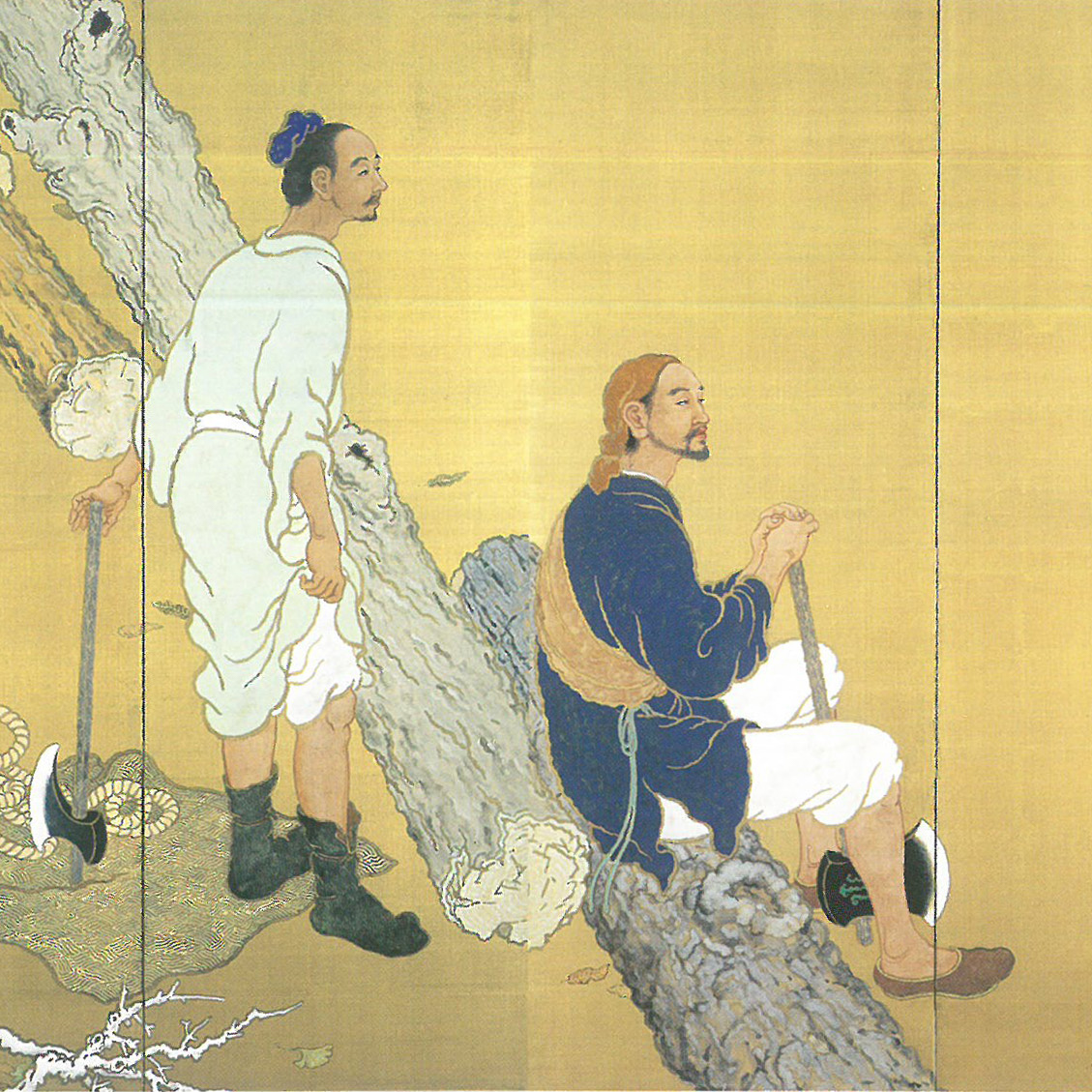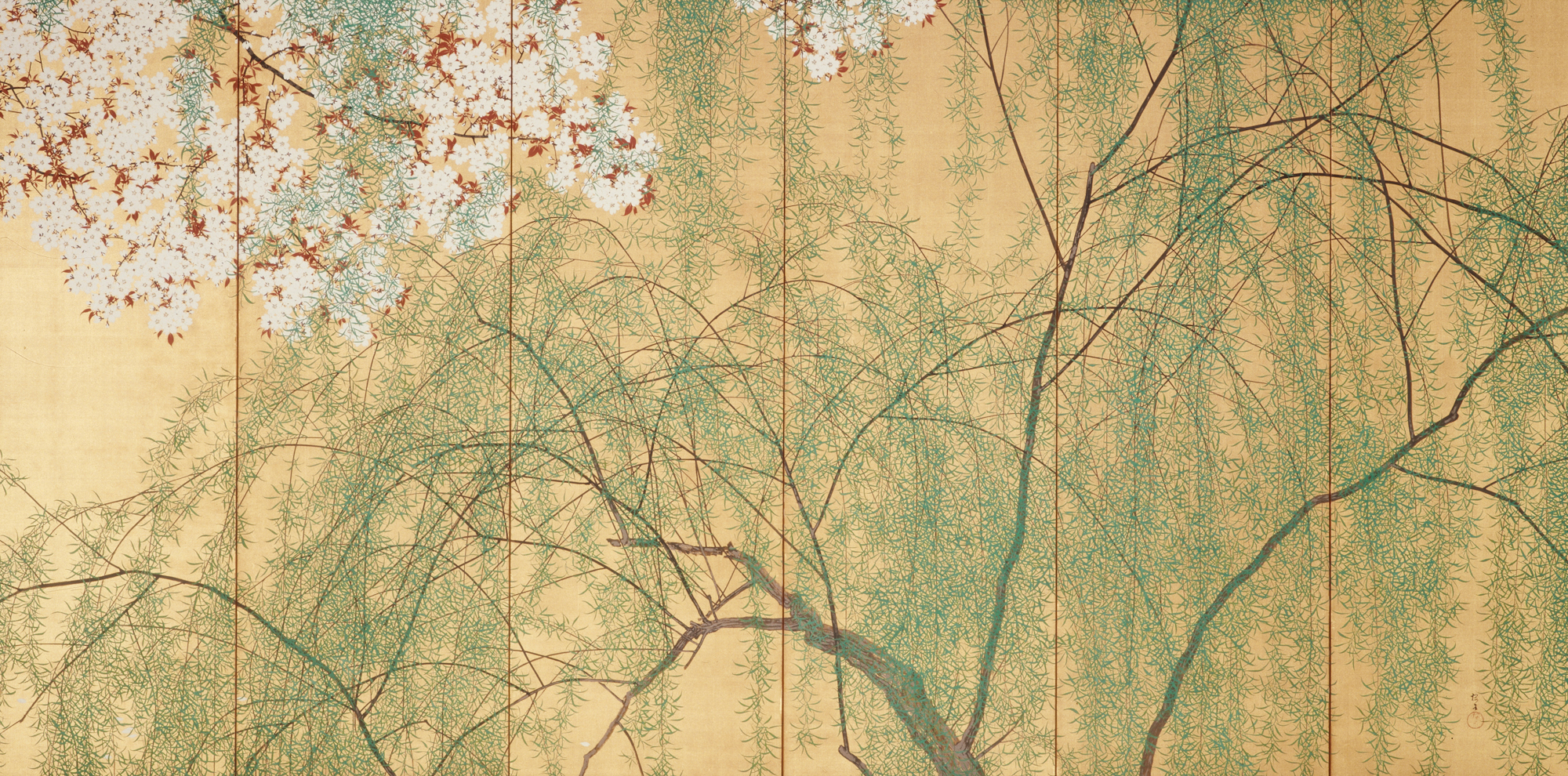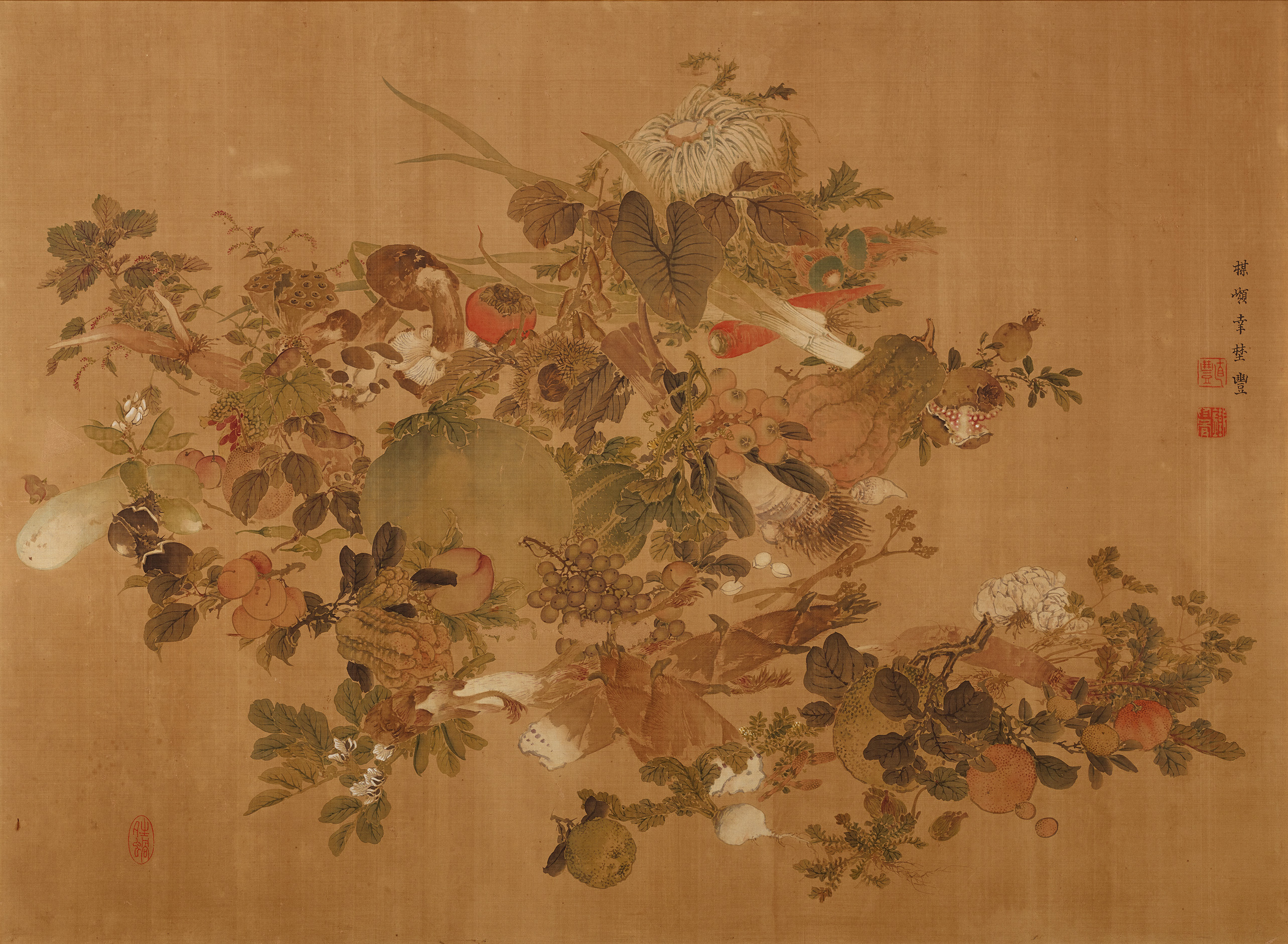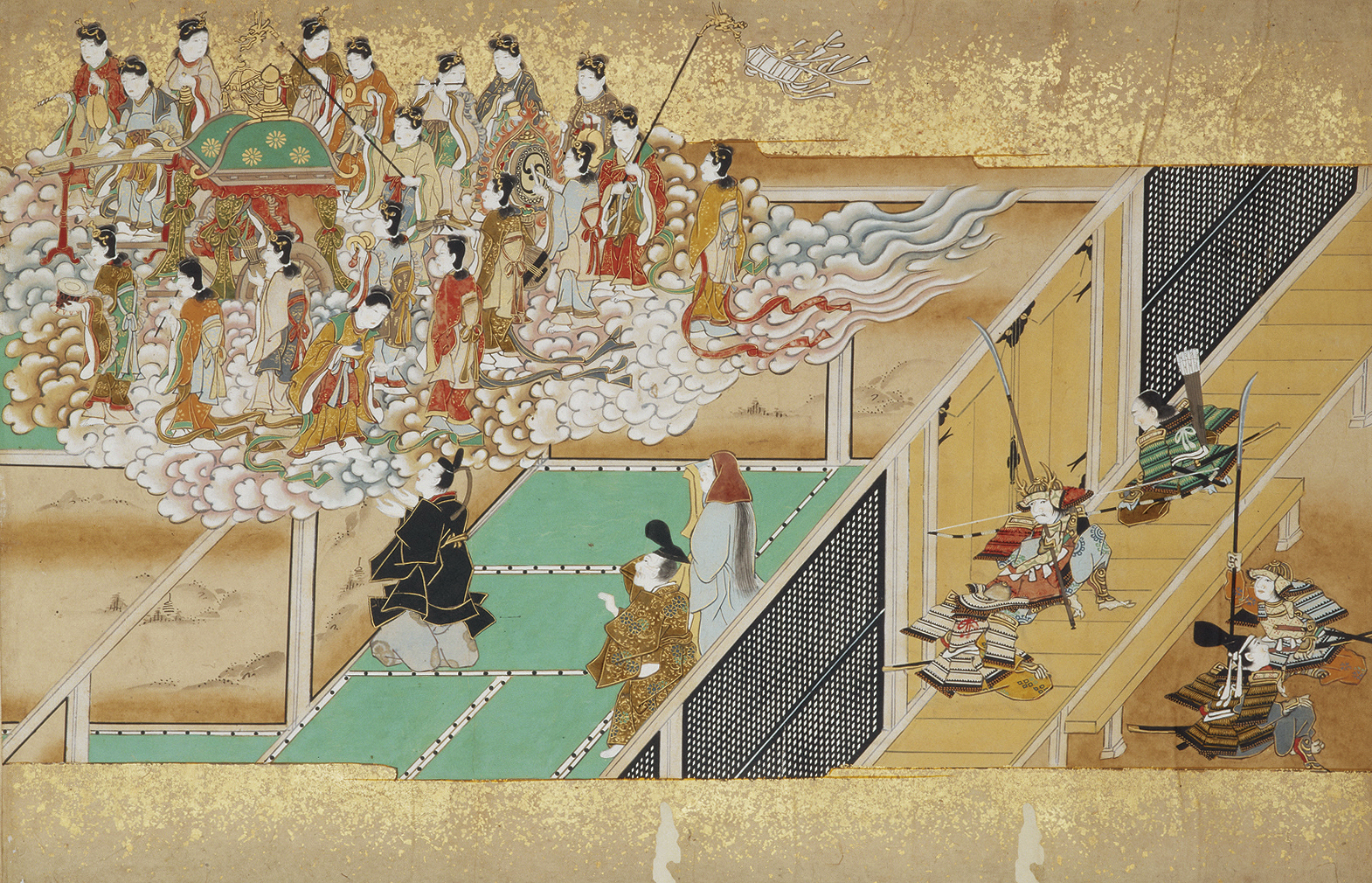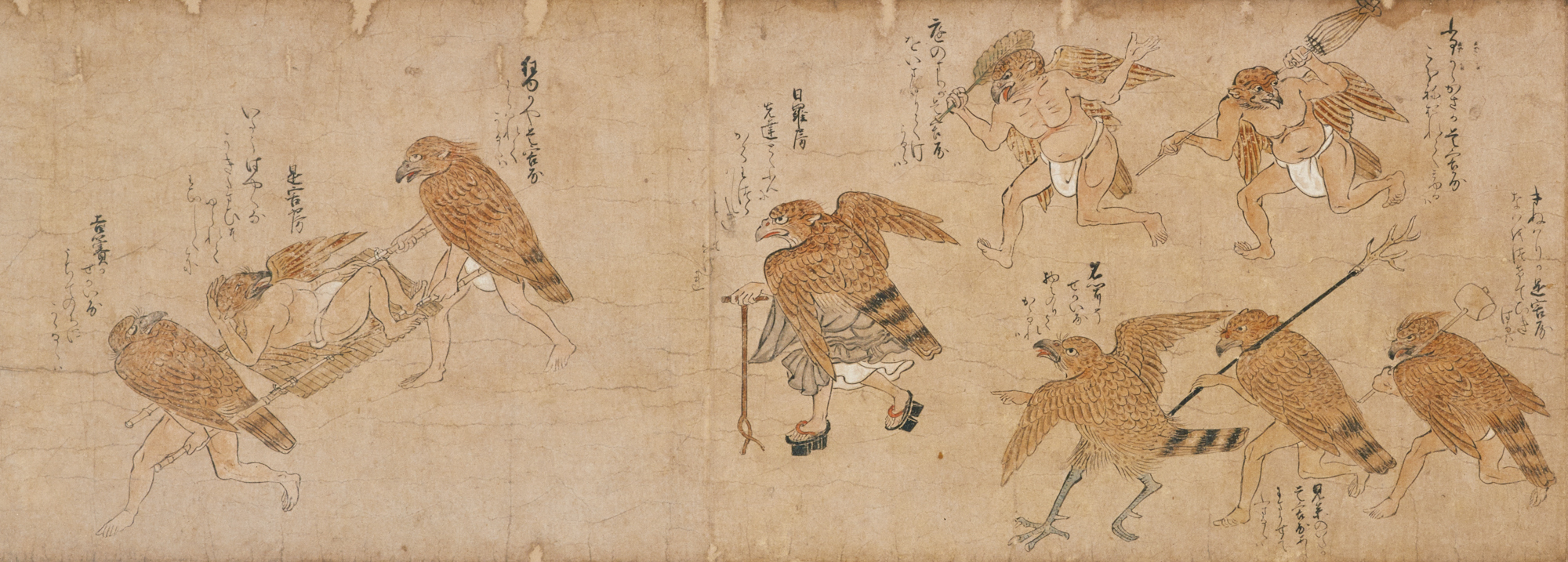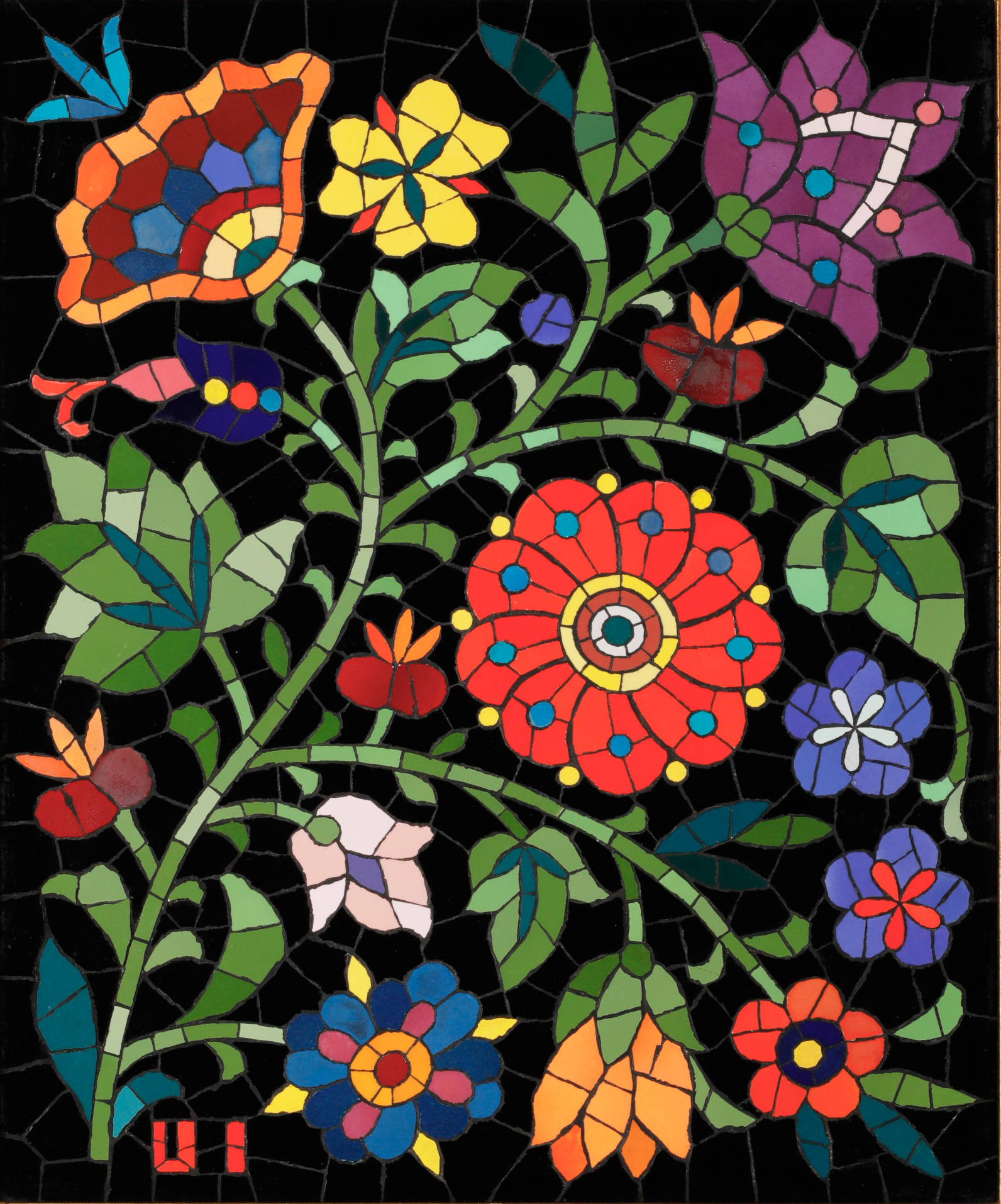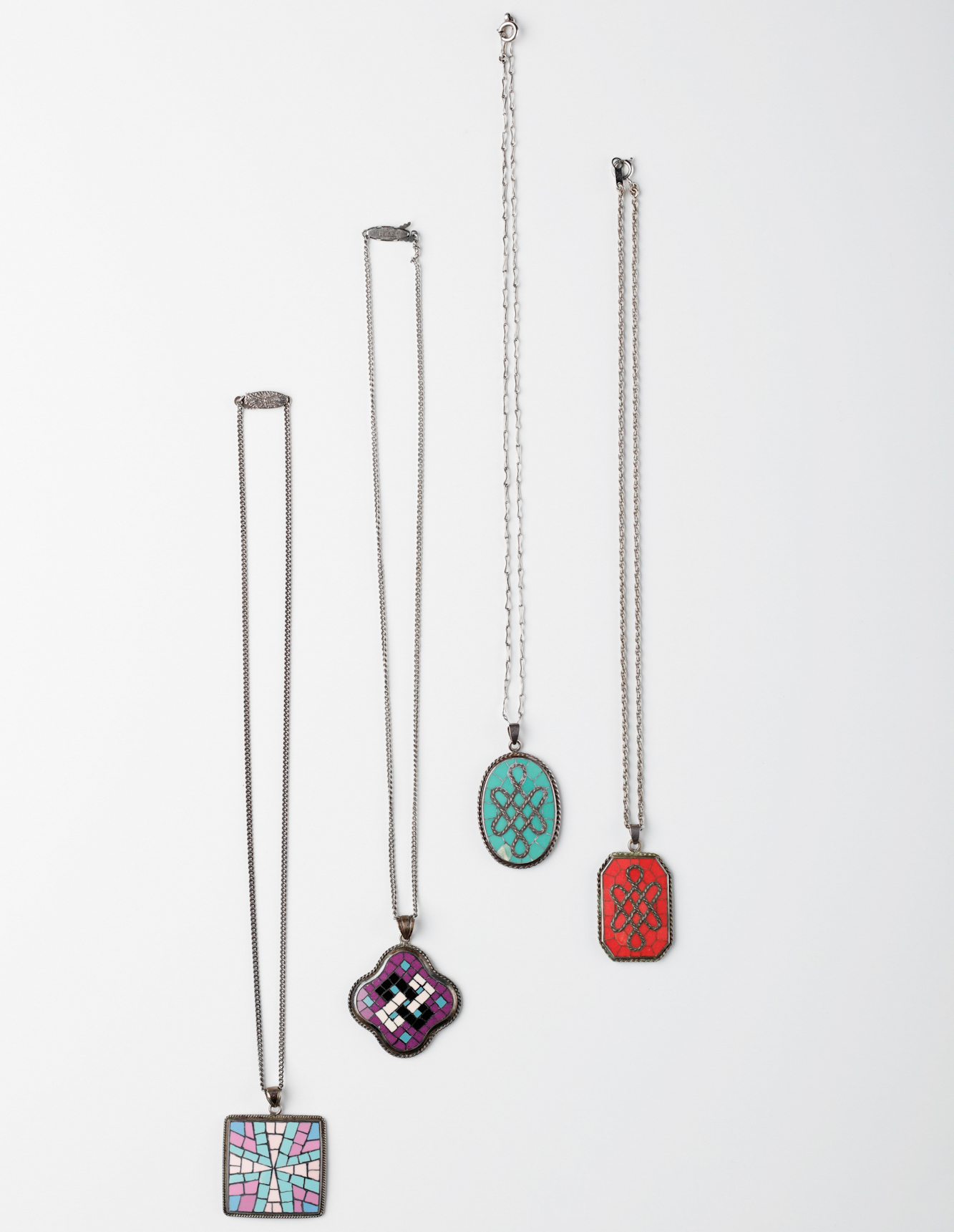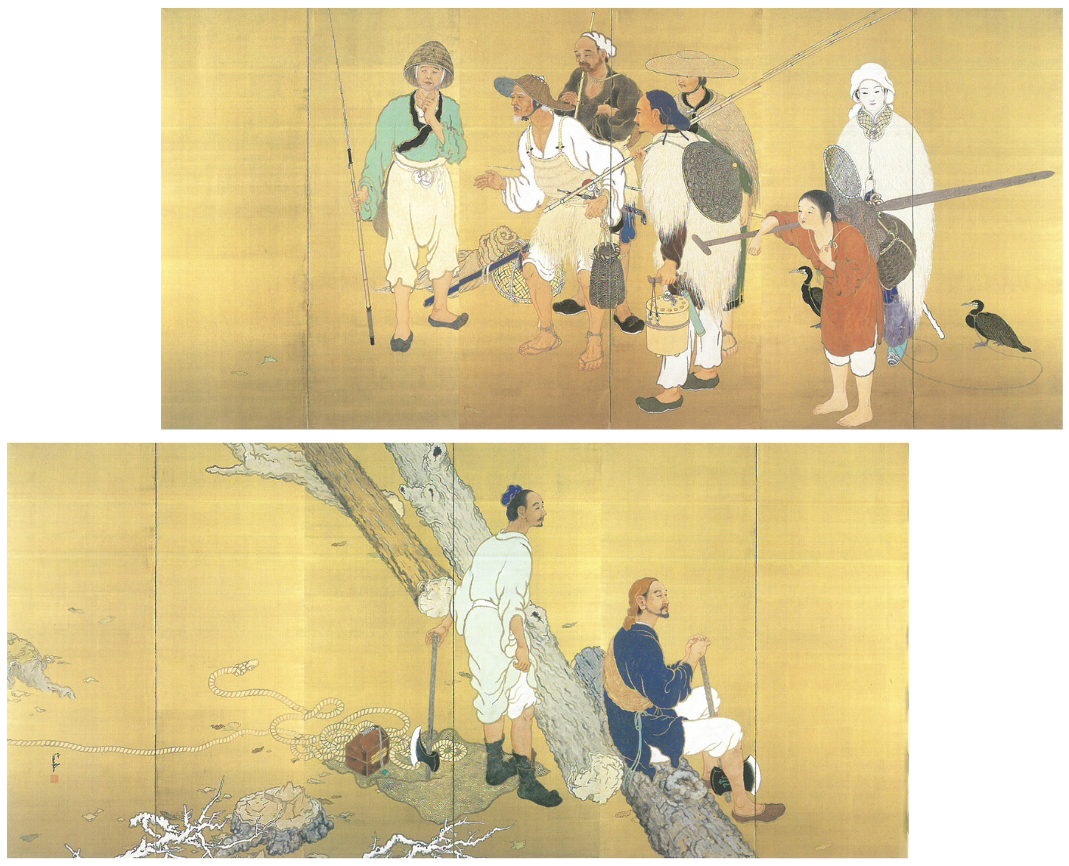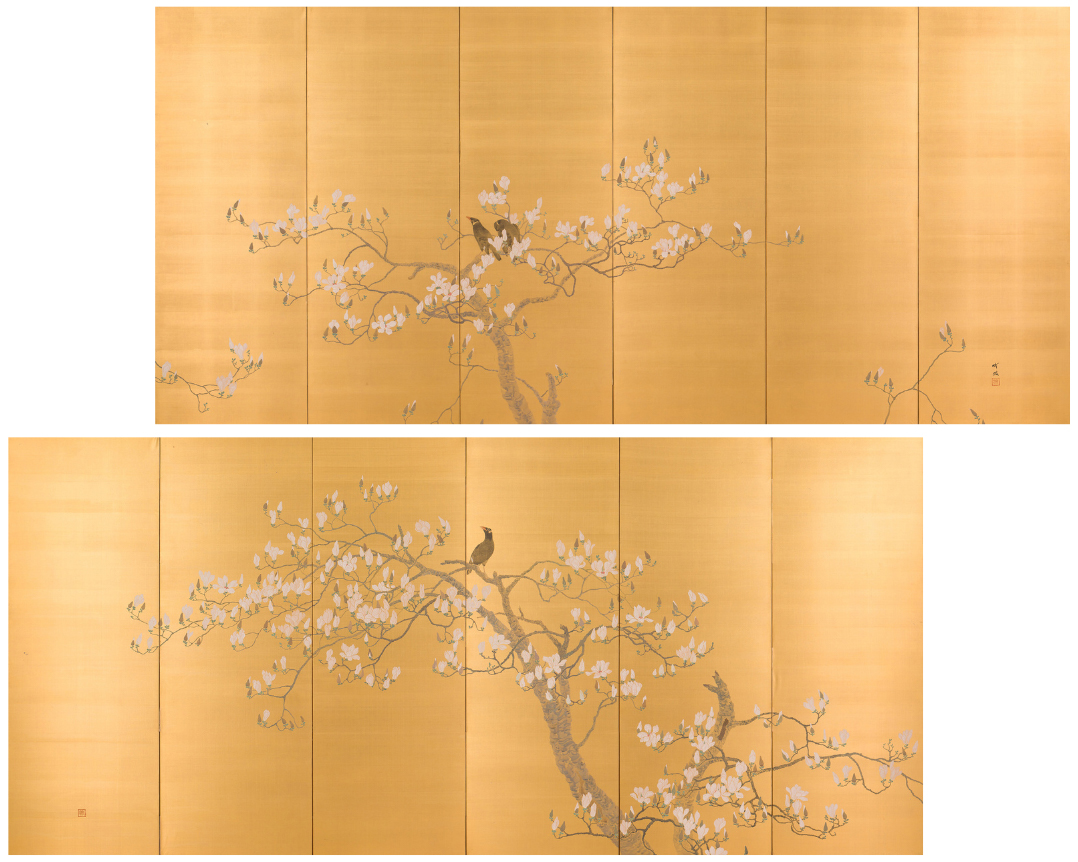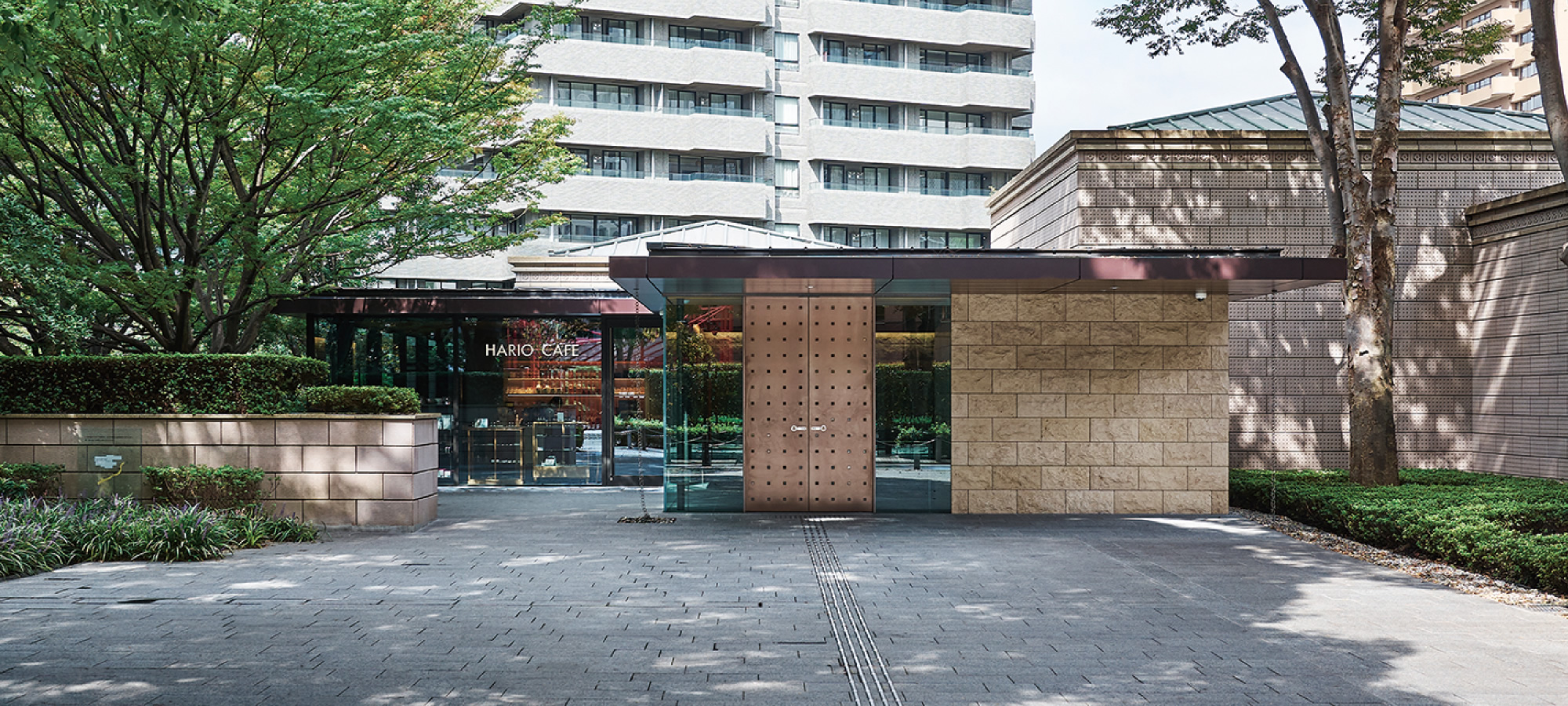- Open Hours
- 11:00~18:00* 11:00~19:00 on Fridays
(Last admission 30 minutes before closing)
- Day Closed
- Mondays during the exhibition
(Open on public holidays, closed on the following weekday)
Urushi (lacquer) is a remarkable tree sap discovered by the people of Asia. It has been used at times as a natural adhesive and at others as a coating that adds sheen and luster to surfaces. Various techniques have flourished according to the characteristics and aesthetics of each region, and the diverse works of lacquer art they produced have become deeply rooted in the daily life of people in Asia. This exhibition examines works of lacquer art in the Sumitomo Collection according to the settings in which they have been used. In doing so, it provides an opportunity to reconsider the pleasure of viewing lacquer art and the joy of using it.
Like lacquer art, ceramics also add color to daily life. That is why, concurrently with the exhibition, blue-and-white porcelain dishes from the collection of SEGAWA Takeo that were recently donated to the Museum will be on display for the first time since their donation. The fresh, bold, and impressive designs of porcelain dishes created in the Arita region of Saga Prefecture during the late Edo period will invite you into a sophisticated world of blue and white
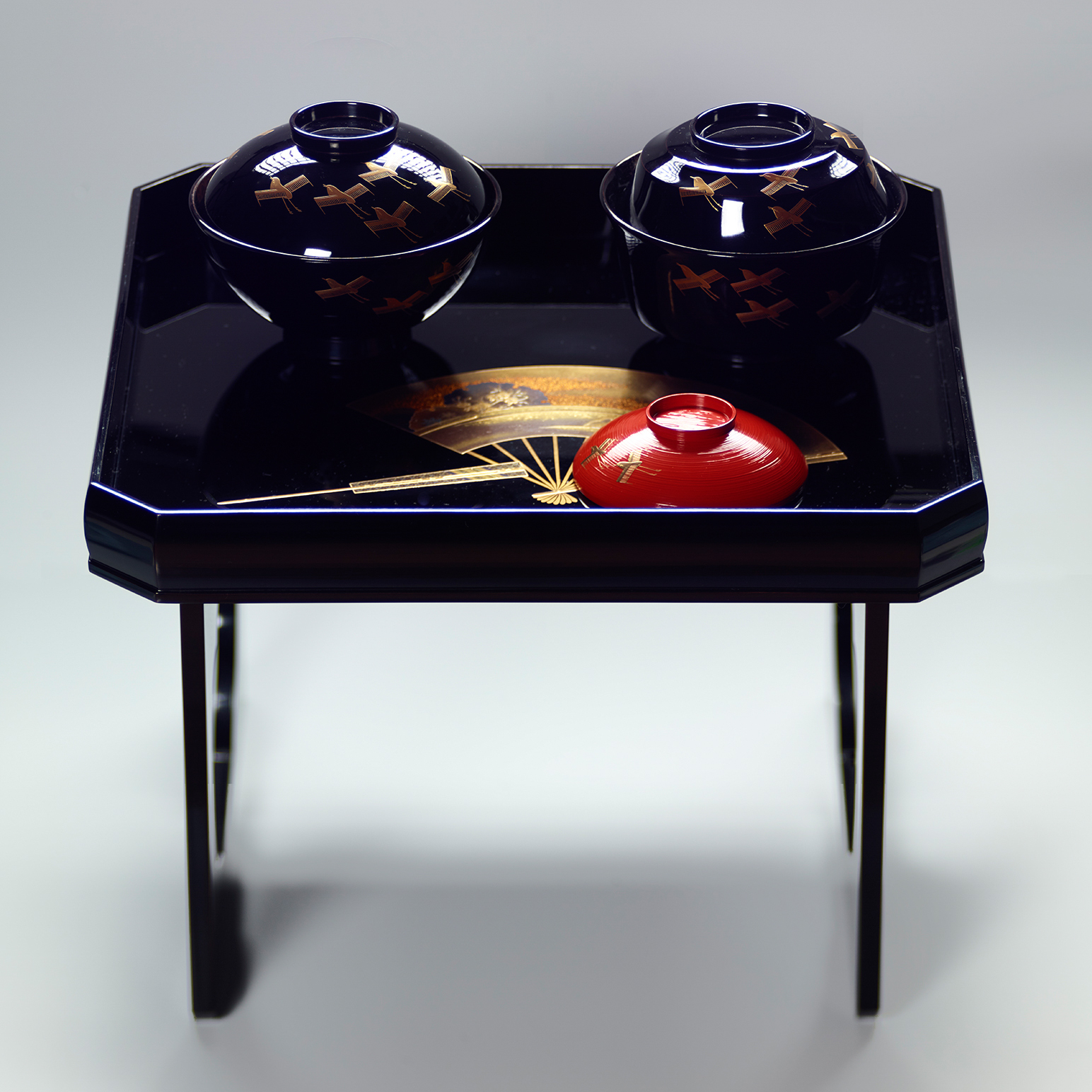
SEN-OKU HAKUKOKAN MUSEUM(Kyoto)
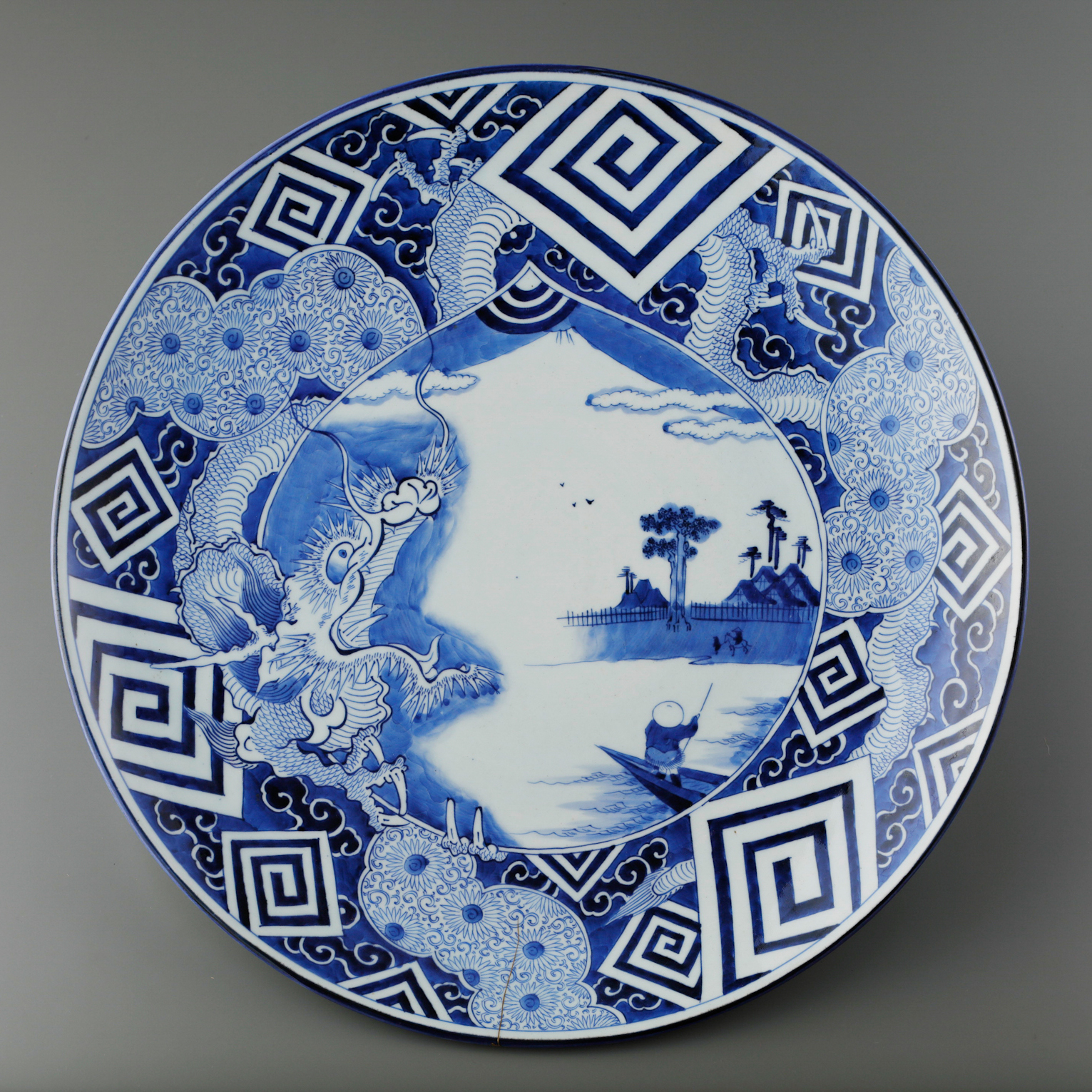
SEN-OKU HAKUKOKAN MUSEUM TOKYO(SEGAWA Takeo Collection)
- Admission Fee
- Adults ¥1,000
University/High School Students with ID ¥600
Junior High/Elementary School Students and under : Free
* A group discount applies for a party of 20 or more.
* Free for people with disability ID
